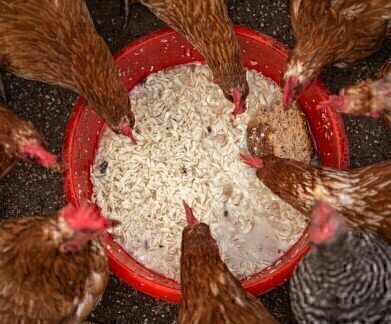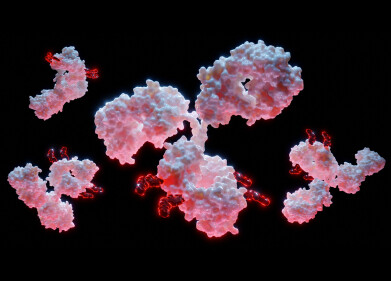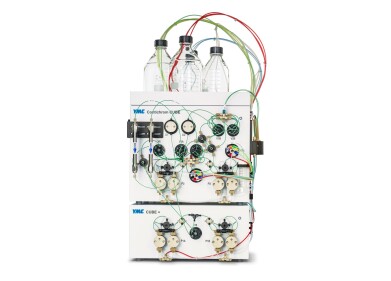Columns (LC)
CEN Updates Animal Feed Standards - and Chromatography is Key
Oct 18 2019
The food supply chain is a complex path that starts with raw materials and ends with us eating a plate of steak and chips or a nice vegetarian curry. The food that we put into our mouths is safeguarded by a set of regulations administered at both European and United Kingdom Government level. But the regulations of course go a lot deeper than that.
Whether you are vegetarian, vegan or omnivore, at all stages of the food supply chain there are regulations designed to keep us safe from harm. These regulations protect us from things like the over use of pesticides, food being kept at the wrong temperature during delivery to the store through to how food can be described on a menu. And as part of the food chain, animal feed is also regulated.
Keeping up-to-date with changes
To keep up-to-date with changing industry practices, technological developments and new product introductions, the regulations on food and feed law have to be updated and reviewed on a regular basis. In the UK, this role falls to Government Chemist who carries out the process under the aegis of the Department for Business, Energy and Industrial Strategy.
The process is repeated every three months and a report issued. It is then up to members of the food and feed industry to interpret the findings in the report and ensure they meet the current regulations. The report consists of several categories including food safety, health and nutrition, consumer choice and prevention of fraud. There is also a section detailing animal feed regulations.
Chromatography separates the mix
In the latest report, there were three updates that directly affected the animal feed industry and they all had an element of chromatography attached to them. Chromatography comes in many different types but they all have one principle behind the science - chromatography is the separation of a sample into its constituent parts. It carries out the separation by using a mobile phase to carry a sample across a stationary phase. The relative affinity for the sample components to either the mobile or stationary phase causes the sample to separate into its constituent parts. An example of chromatography use in the food supply industry can be found in the article, Gradient Retention Time Prediction for 653 Pesticides on a Biphenyl lc Column Using Machine Learning.
Chromatography updates measuring feedstuffs
The latest updates from the Government Chemist include three new or updated chromatography methods:
- Method 17924:2019 is a method for analysing organic acids in feedstuffs using Ion Chromatography with Conductivity Detection (IC-CD).
- Method 187298:2019 is a method of analysing animal feedstuffs for benzoic and sorbic acid using High Performance Liquid Chromatography (HPLC).
- Method EN17299:2019 describes a method for the sampling and analysis of coccidiostats (used to control parasites) in animal feed using High Performance Liquid Chromatography-Tandem Mass Spectrometry (LC-MS/MS).
Events
Jan 20 2025 Amsterdam, Netherlands
Feb 03 2025 Dubai, UAE
Feb 05 2025 Guangzhou, China
Mar 01 2025 Boston, MA, USA
Mar 04 2025 Berlin, Germany













